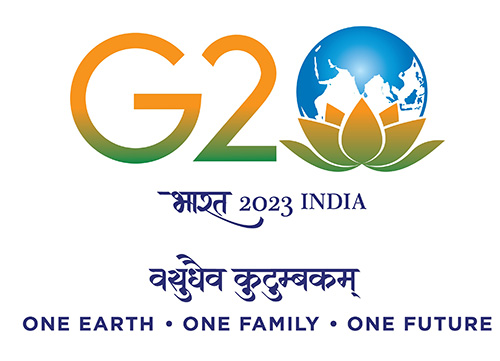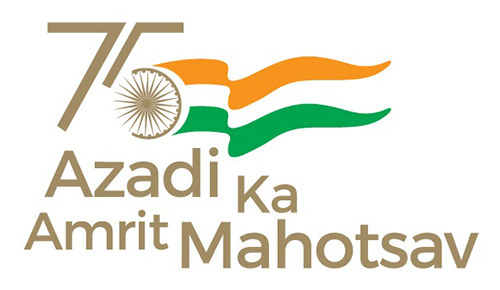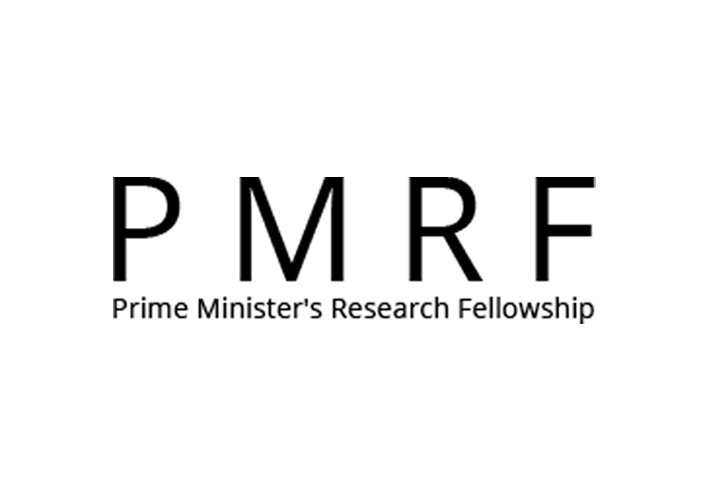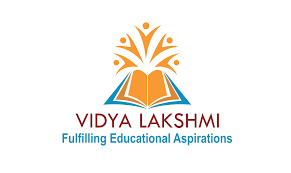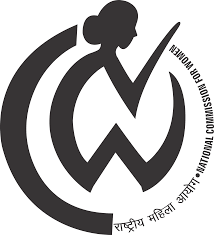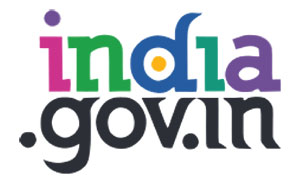Blended Learning and Flipped Classroom
Flipped Classroom
Blended learning using flipped classrooms has emerged as a remarkable model for bridging the digital divide between geographically- and socio-economically–disadvantaged students during the Covid pandemic, especially for those situated in remote locations with limited internet connectivity. This work is an investigation of a blended learning framework using flipped teaching through interactive video lectures for an Introduction to Electrical Engineering course held in online mode for a first-year batch of engineering students. The analysis includes observations from two sets of students who took this course over the last two academic years, referred to as control and treatment groups, respectively. The success of the video assignments are validated both qualitatively (through student feedback and performance) and quantitatively (using t-test). Results show that the flipped teaching model has both empirical approval and support of a majority of students, especially in the distance learning mode. Statistical analysis shows a significant difference in the performance of students with and without video-based flipped teaching in online mode.
R. Chouhan, "Enhanced engagement through instructor-created interactive video assignments in a flipped electrical engineering classroom," Proc. IEEE EDUCON 2022, IEEE Education Society, 28-31 March 2022, Tunisia, DOI: 10.1109/EDUCON52537.2022.9766787.
R. Chouhan, "Bridging the digital divide through blended learning for freshmen engineering students," ISTELive22, International Society for Technology in Education (ISTE), June 22 - 29, 2022, New Orleans (Accepted)

Video Rewatch Analytics
This is a preliminary case study of gauging effectiveness of educational videos conducted on a sample video created for freshman batch of novice electrical engineering students. The video was assigned in flipped classroom mode, a learner-centered pedagogical model, as a video assignment to students with five interleaved knowledge check questions. The `engagement' of the student with the video material can be gauged in terms of both watchtime and number of times a particular section of the video was rewatched, along with the obtained score. The proposed hypothesis is that the placement of knowledge check questions along with the complexity of the topic covered together can be correlated with the number of times a section of the video is, or needs to be, rewatched by the student.
R. Chouhan, "Effective interactive video assignments and rewatch analytics for online flipped classrooms," Proc. International Conference on Advanced Learning Technologies on Education & Research (ICALTER), Peru, 16-18 December 2021, DOI: 10.1109/ICALTER54105.2021.9675132.
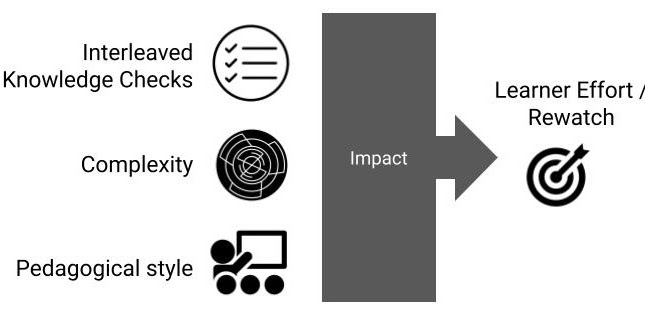
Learning Resource for Material Science

The COVID-19 global pandemic has caused a profound change in the teaching pedagogies and assessment strategies in engineering curricula worldwide. Concerning this, the article examines the role of animation-enhanced concept-in-context maps as a learning resource for the introductory materials science course in an online flipped format. The research was conducted on second-year mechanical engineering undergraduates. The methodology used two-group quasi-experimental design where the experimental group received animated concept-in-context maps as a learning resource, in contrast to the control group, which obtained static concept-in-context maps. The student's understanding of the topic was evaluated from their performance in pre-quiz and post-quiz scores. The preliminary results of the pilot study turned out to be in favor of animation-assisted mapping; further research is in process, and in-depth experimentation has been planned.
A. Nighojkar, A. Plappally, W.O. Soboyejo, "Animated concept-in-context maps as a materials science learning resource in an online flipped classroom," MRS Advances, vol. 6, pp. 351–354, 2021.
Student Mobility and the SDGs
Principal Investigators: P J Wall, Timothy Savage (Trinity College Dublin, Ireland), Deepak Saxena (IIT Jodhpur)
Duration: 2021-22
Funding Agency: Higher Education Authority (HEA) Ireland
Amount: € 25000/-
The aim of this project is to develop a blended learning course on Technology, Innovation, and SDG. The course will allow students to explore and analyse the core issues and specific challenges related to how innovation can help achieve the SDGs through engaging with authentic cases from the Global South. The course will pay particular attention to the ethical issues involved with innovation in this context, and critically examine the role played by social, political, cultural and human factors when introducing and using such technologies. This course therefore contributes to the broader programme outcomes related to ethics, reasoning, and moral inquiry.
The course links most strongly with the SDGs which can be addressed by new and innovative approaches. Thus, this course focusses the SDGs which can be addressed by smaller, community level and citizen-led technology-based initiatives. Examples of this is designing innovative ways of leveraging the ubiquity of mobile phones in the Global South for healthcare and education, and the design, evaluation, and implementation of innovative pottery techniques to enhance water purity in a socially and culturally appropriate context. The course content includes relevant, authentic, situated cases from the Global South that have been developed specifically for the course. These multimedia-enhanced cases focus on projects from India, Uganda, and Ethiopia.
Publications
Saxena, D. (2021). Contextual Factors Shaping the Student-Supervisor Relationship: A Cross-Country Perspective. In Handbook of Research on Developing Students’ Scholarly Dispositions in Higher Education (pp. 298-313). IGI Global.
Saxena, D. (2021). Student-centered Approach and Active Learning in Business Education: The Irish Experience. In Fostering Meaningful Learning Experiences Through Student Engagement (pp. 214-227). IGI Global.







